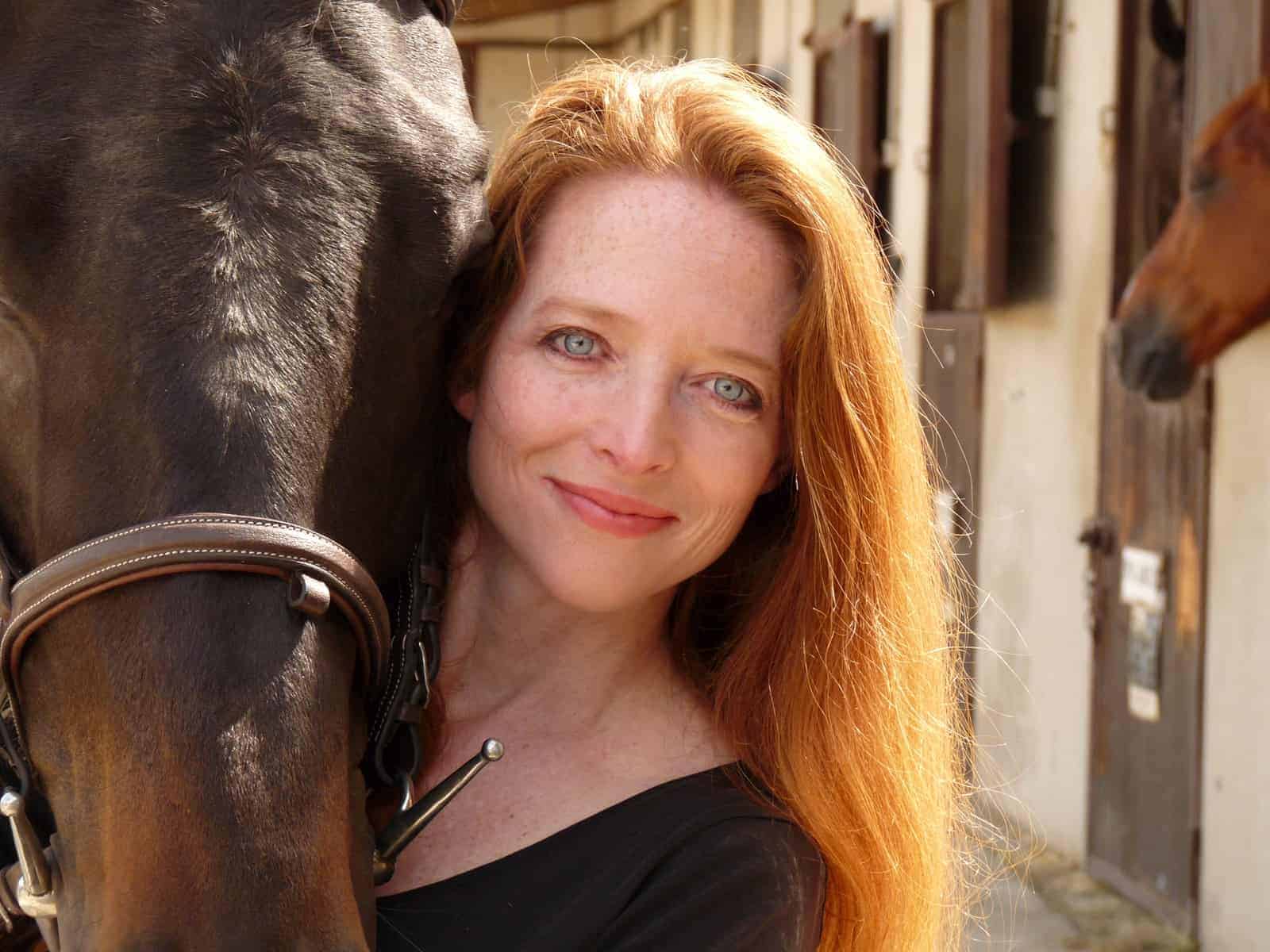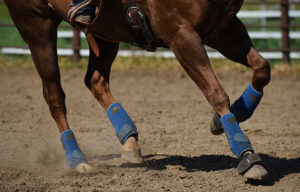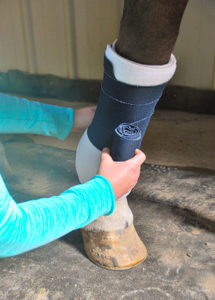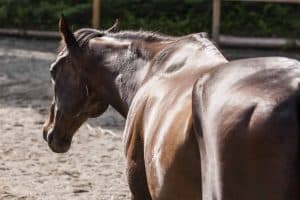Rider Position, Horse Back Movement Evaluated
- Topics: Article
A rising trot is less loading to a horse's back than a sitting trot, producing less vertical force as measured through new biomechanical techniques, according to Dutch researchers.
From the kinematic data of 13 riders on two horses, scientists were able to determine that two force peaks are present during each trot stride. Calculations of the rider's center of mass acceleration as it varied during the stride were used to find the reaction force between the rider and the horse's back. Comparisons revealed that for both peaks, the force was significantly lower in the rising, or "posting," trot than in the sitting trot.
Earlier research by the same group compared the horse's back extension at the trot under a rising rider, a sitting rider, and an empty saddle. They observed in the rising trot, when the rider's seat is up, the horse's back is less extended than it is during a sitting trot. However, when the rider's seat is down in the rising trot, the horse's back extension is similar to the extension seen during the sitting trot.

Create a free account with TheHorse.com to view this content.
TheHorse.com is home to thousands of free articles about horse health care. In order to access some of our exclusive free content, you must be signed into TheHorse.com.
Start your free account today!
Already have an account?
and continue reading.

Written by:
Christa Lesté-Lasserre, MA
Related Articles
Stay on top of the most recent Horse Health news with















